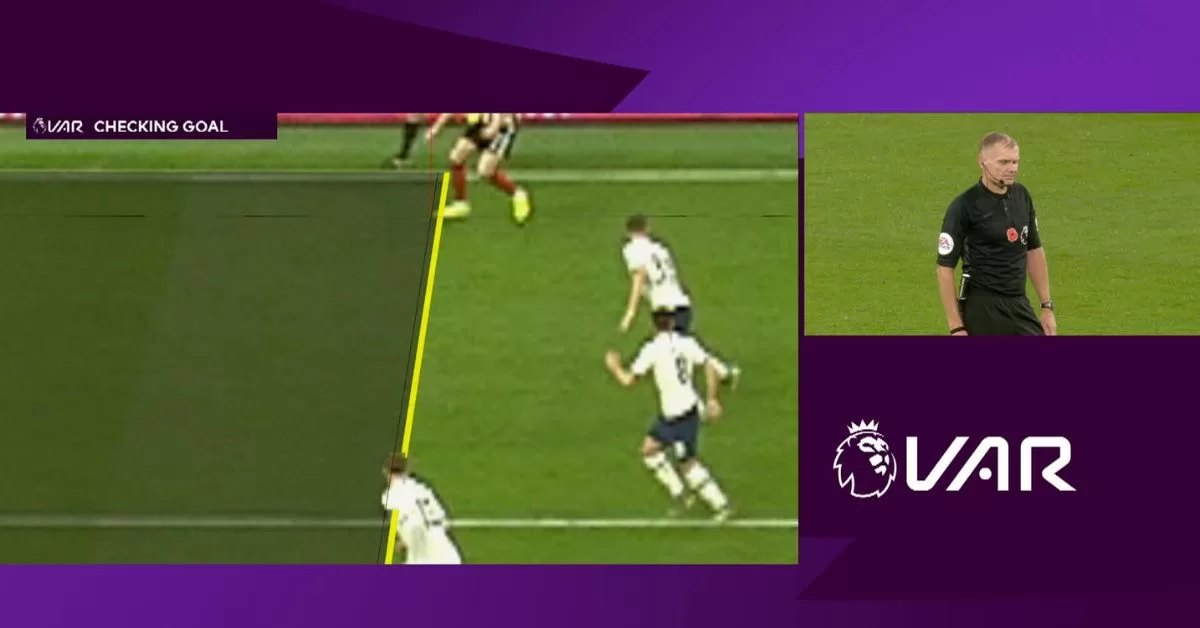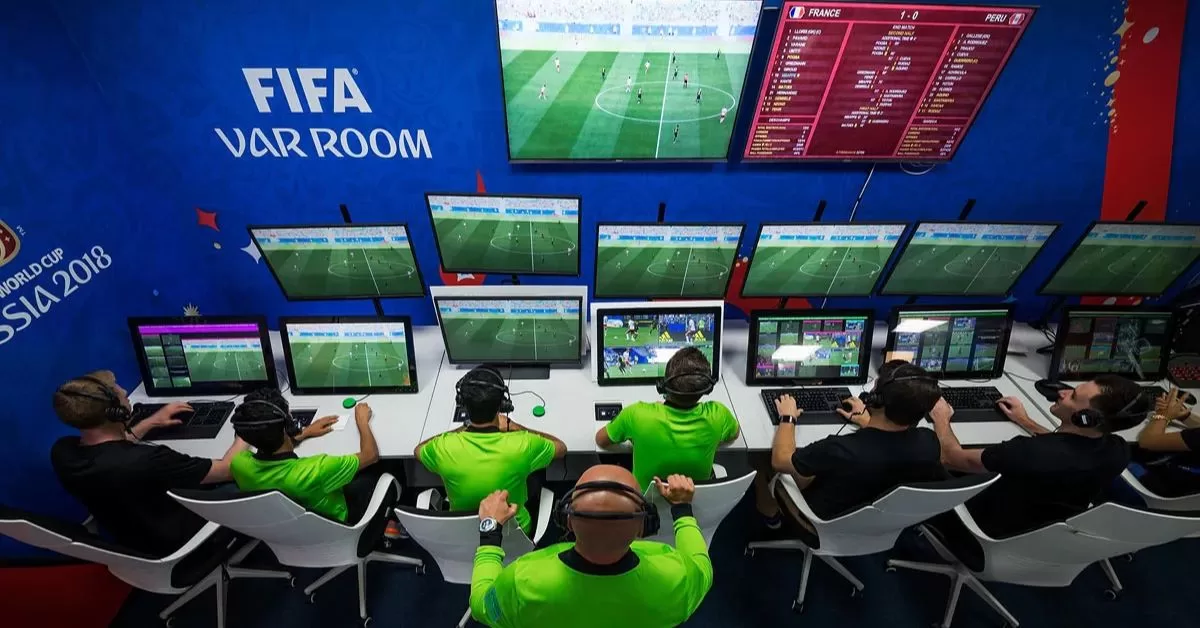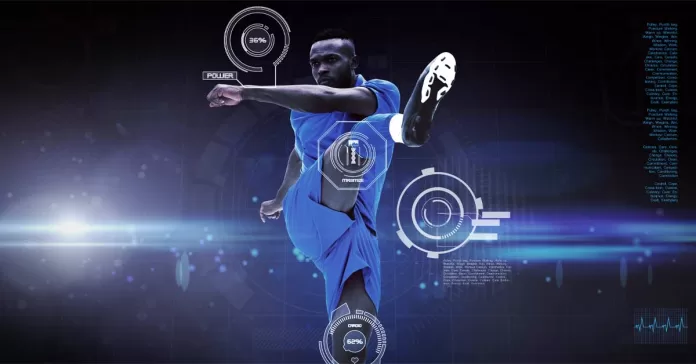Football, the world’s most popular sport, has evolved significantly, and technology has played a pivotal role in its transformation. From advancements in equipment to data analysis and wearable technology for player performance, football has embraced innovation to enhance the game on and off the pitch.
YouTube cc: @Veotechnologies
One of the most noticeable impacts of technology in football is the revolution in equipment. Cutting-edge materials and manufacturing techniques have led to lighter and more durable football boots, enabling players to maximize their performance and reduce the risk of injuries. The evolution of the football itself has influence of technology, with improved aerodynamics and precision engineering contributing to more accurate passes and shots.
Impact of Technology Through Data Analysis
Transitioning from equipment to on-field performance, data analysis has become a game-changer in football. Clubs now collect vast data during matches, tracking player movements, passing accuracy, distance covered, and more. Specialised software then analyses this information to gain insights into team tactics and individual player performance. With real-time data available at their fingertips, coaches can make informed decisions during matches and devise effective strategies for future games.

Beyond match analysis, wearable technology has become instrumental in monitoring player performance and fitness levels. GPS trackers and heart rate monitors worn by players provide valuable data on their physical exertion, allowing coaches and sports scientists to manage their training regimes more efficiently. By analyzing this data, teams can tailor workout routines, optimize player recovery, and minimize the risk of injuries.
The influence of technology isn’t confined to the field. Football fans around the world have also benefited from technological advancements. High-definition cameras and slow-motion replays have enhanced the spectator experience, enabling viewers to catch every thrilling moment, scrutinize controversial decisions, and relive match highlights from multiple angles. Additionally, virtual reality has allowed fans to immerse themselves in the stadium atmosphere without leaving the comfort of their homes, bringing them closer to the action like never before.
Impact on Transfer Market and Challenges
Moreover, technology has transformed the transfer market and scouting processes. Clubs now use sophisticated algorithms to identify potential talent from various leagues worldwide, narrowing down the search for the perfect addition to their squads. Video analysis tools have become indispensable in assessing players’ strengths and weaknesses, helping clubs make more informed decisions during transfer windows.

Despite the numerous advantages, implementing technology in football has faced some challenges. For instance, the introduction of video assistant referees (VAR) has been met with praise and criticism due to its impact on the flow of the game and its subjective nature in some decision-making instances. Striking the right balance between technology’s intervention and preserving the game’s spirit remains an ongoing debate.
READ MORE: (VAR) Video Assistant Referee in Football
Technology has undoubtedly transformed football, enhancing equipment, revolutionizing data analysis, and redefining player performance tracking. From the grassroots level to the elite echelons of the sport, technology continues to shape the beautiful game, providing players, coaches, and fans with unprecedented opportunities and experiences. As innovation marches on, finding the right equilibrium between embracing technological advancements and preserving football’s essence and tradition for generations to come is crucial.


